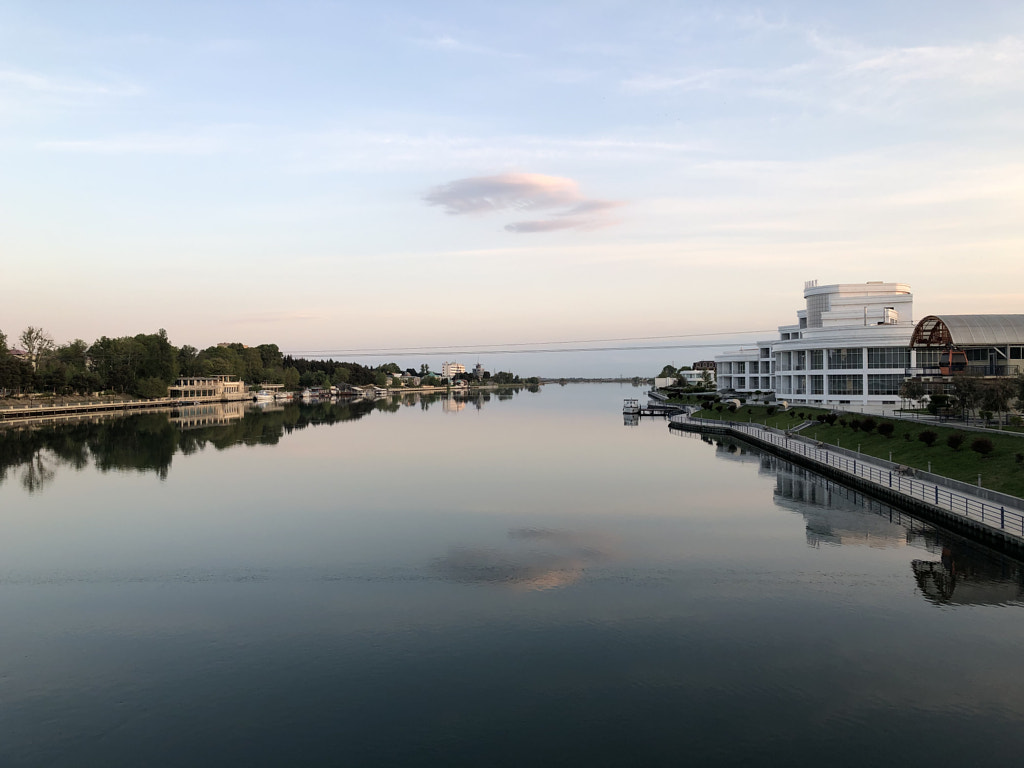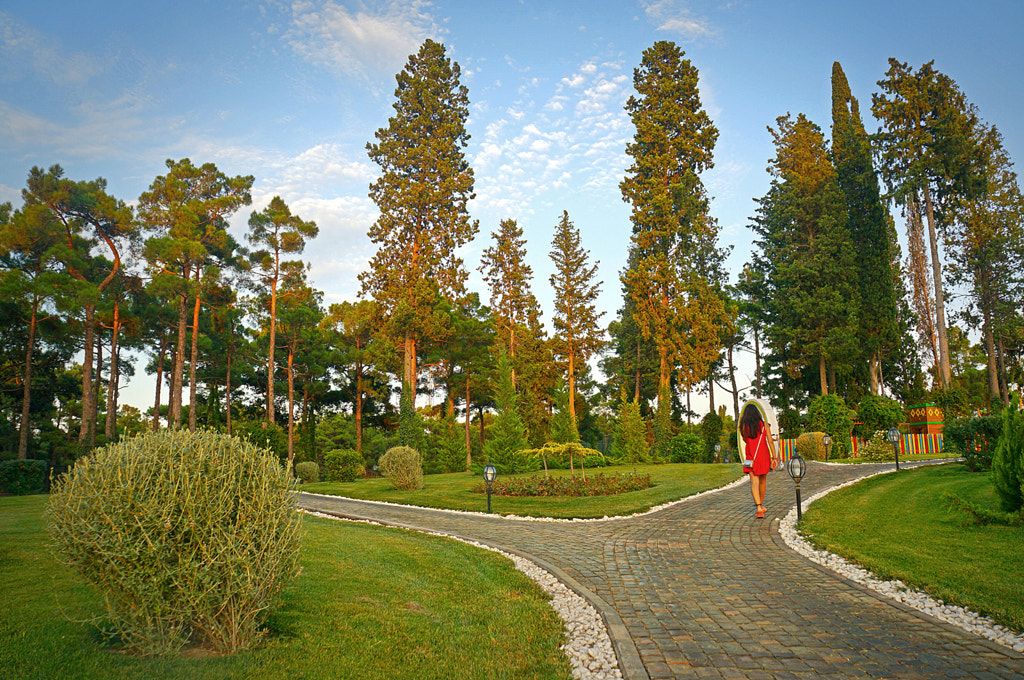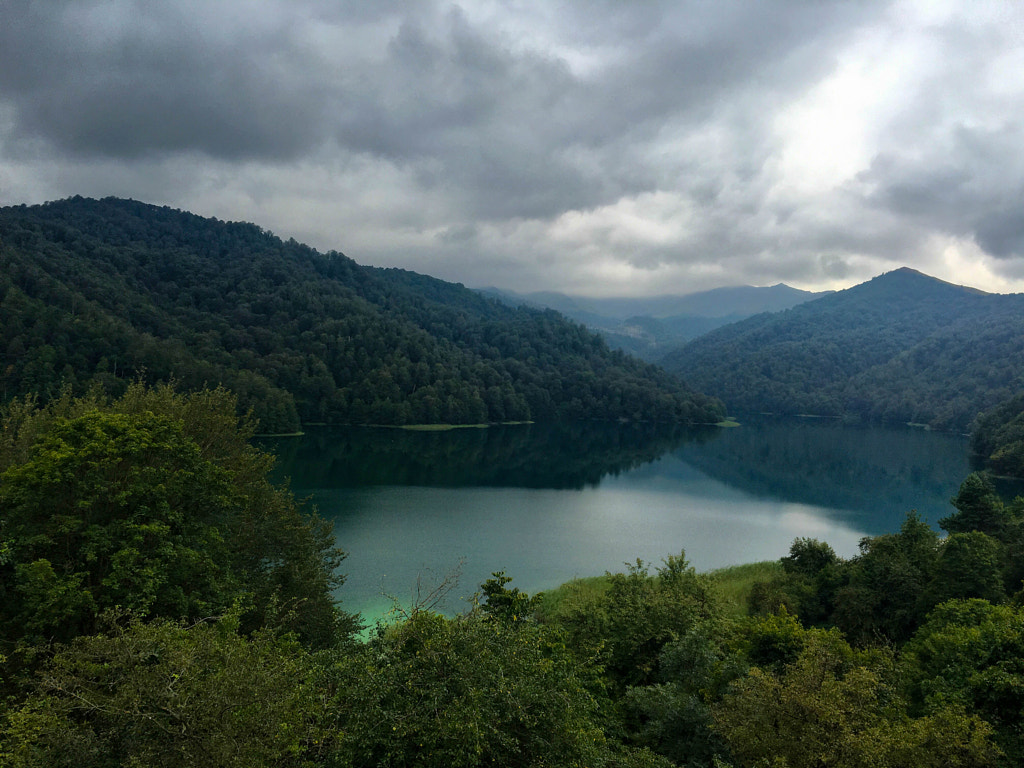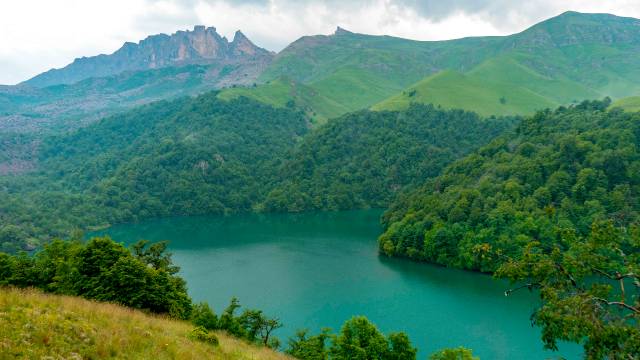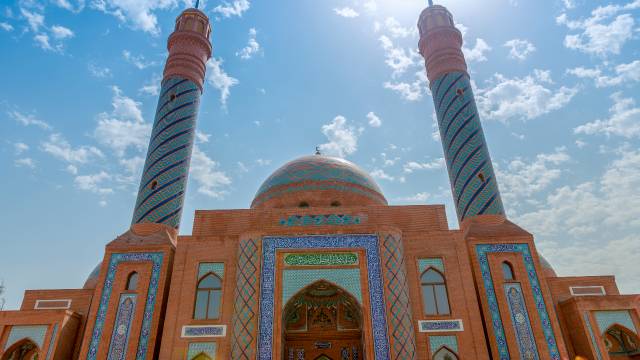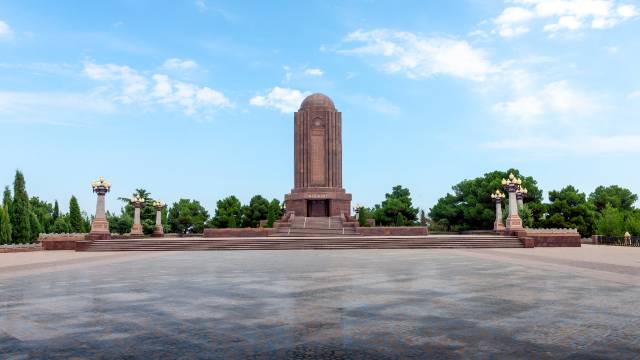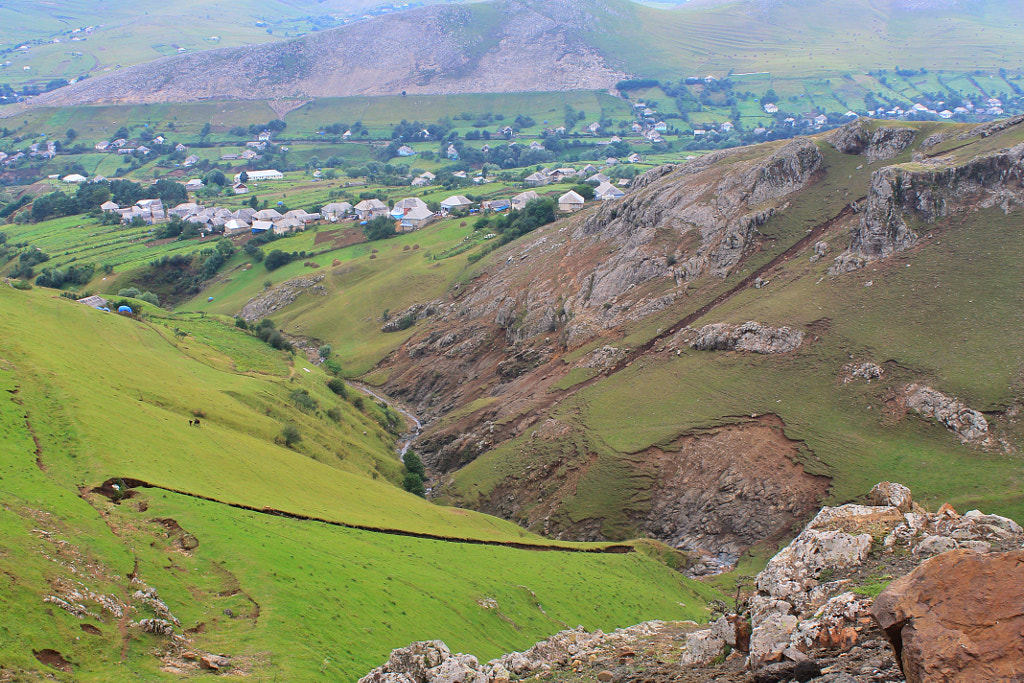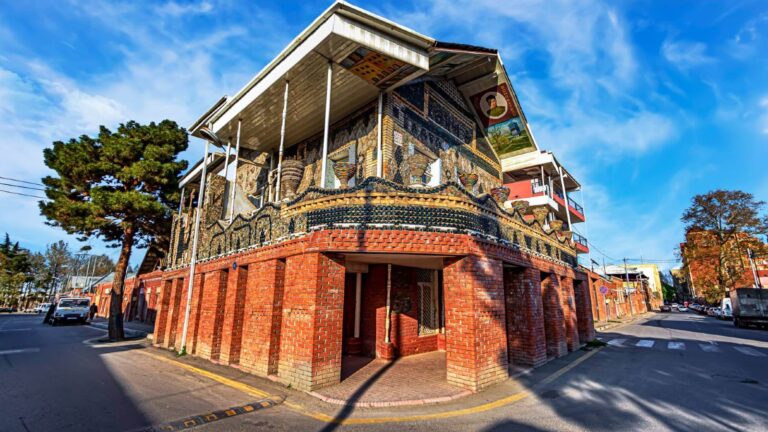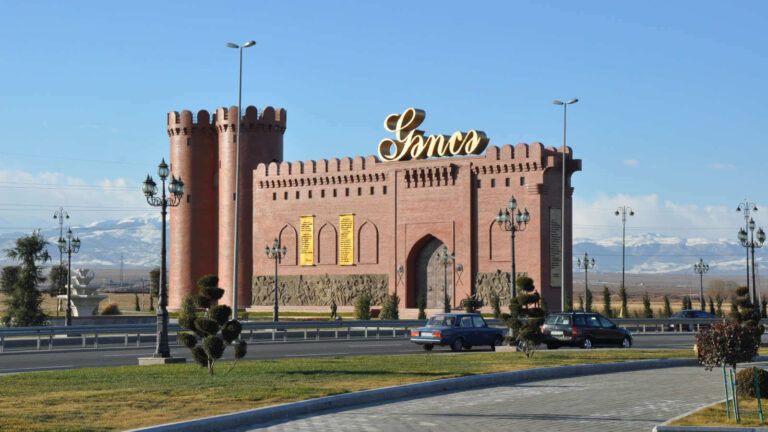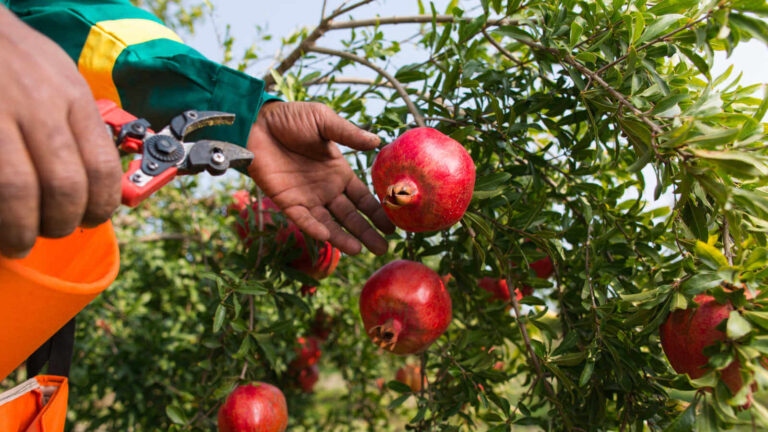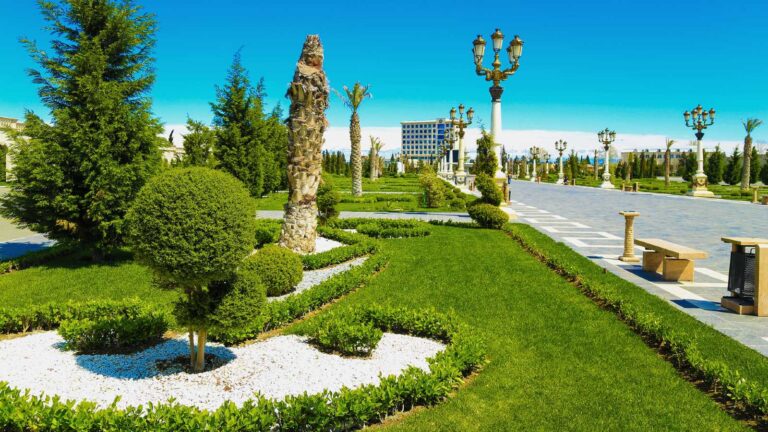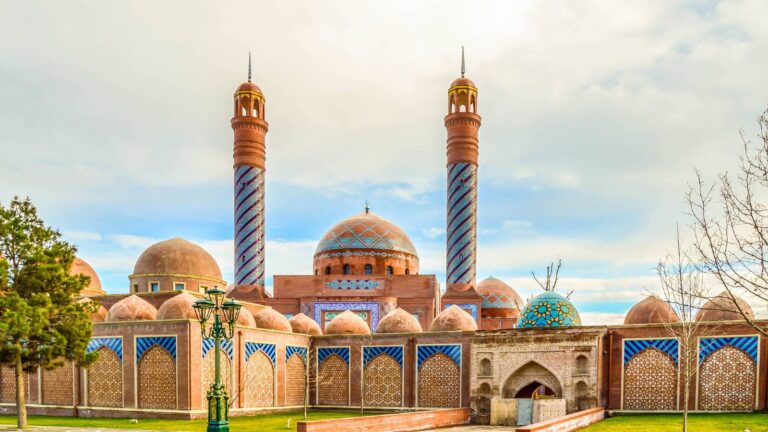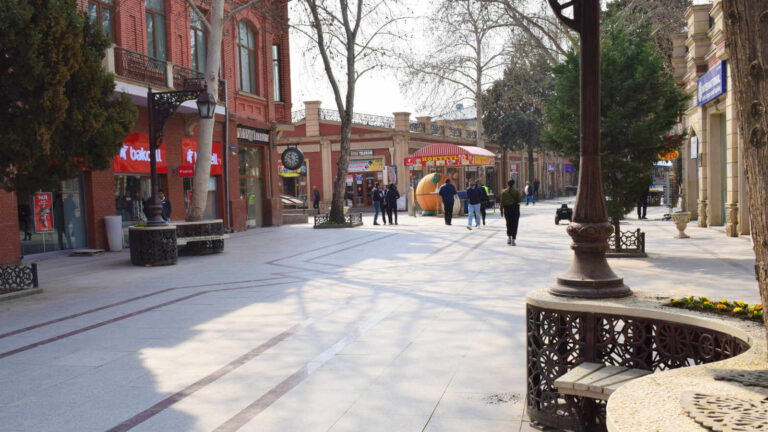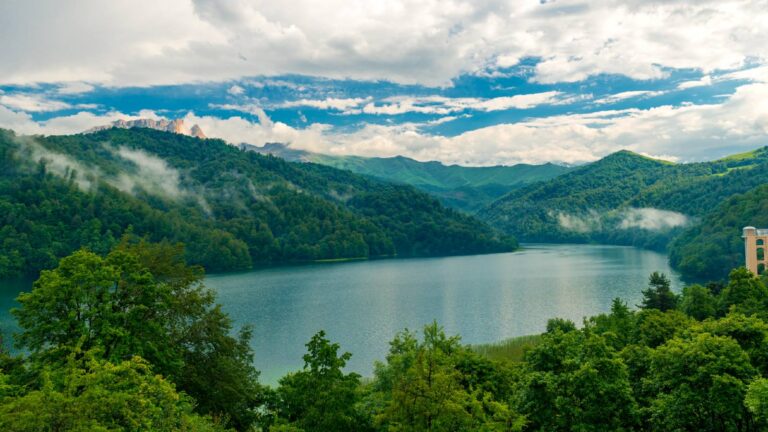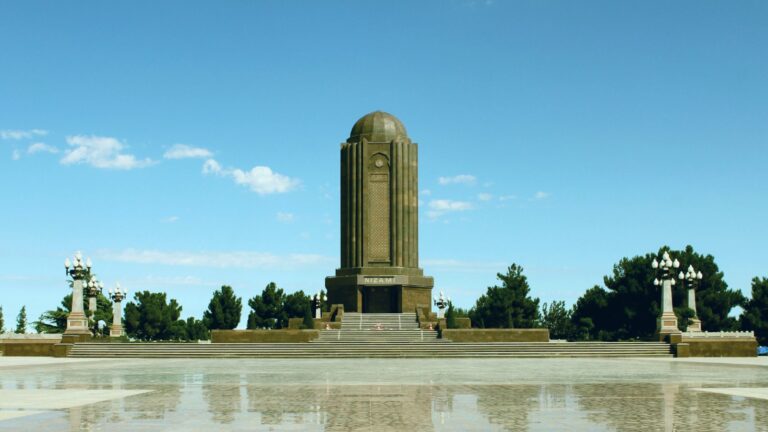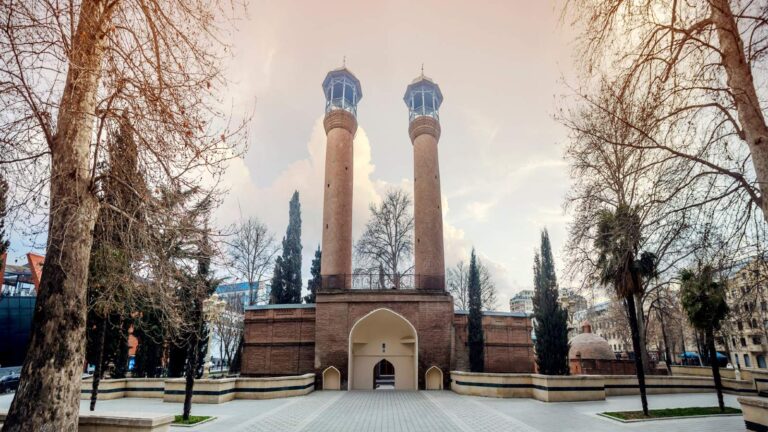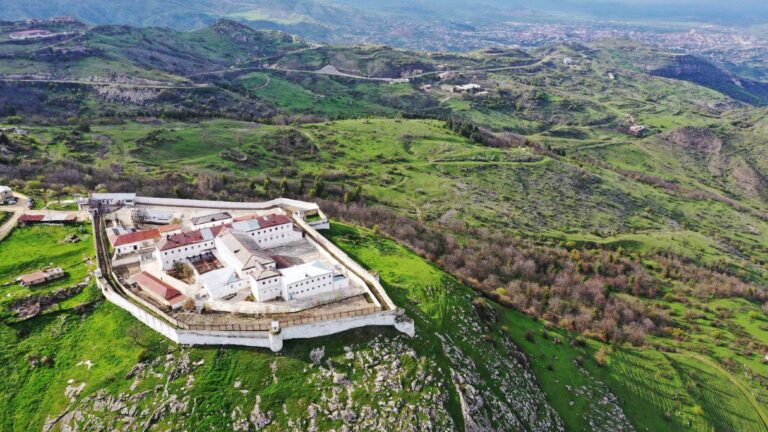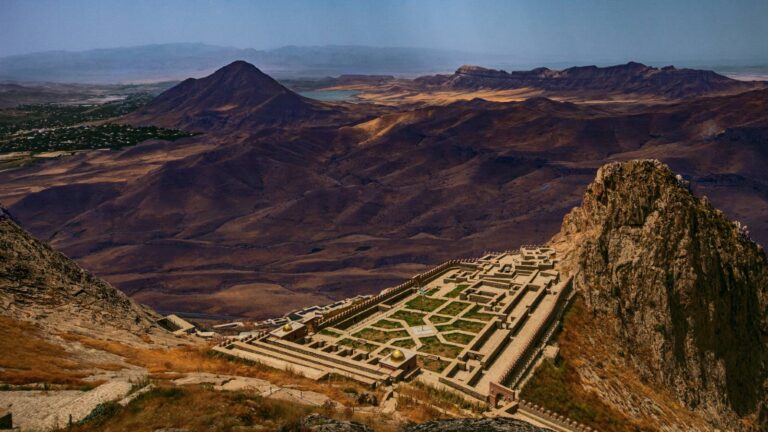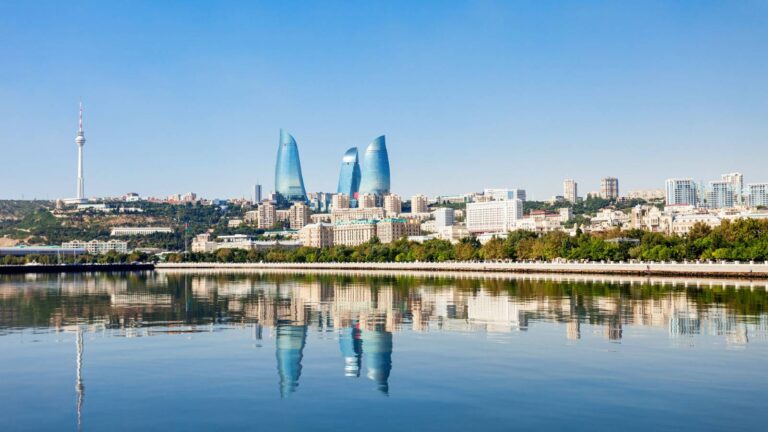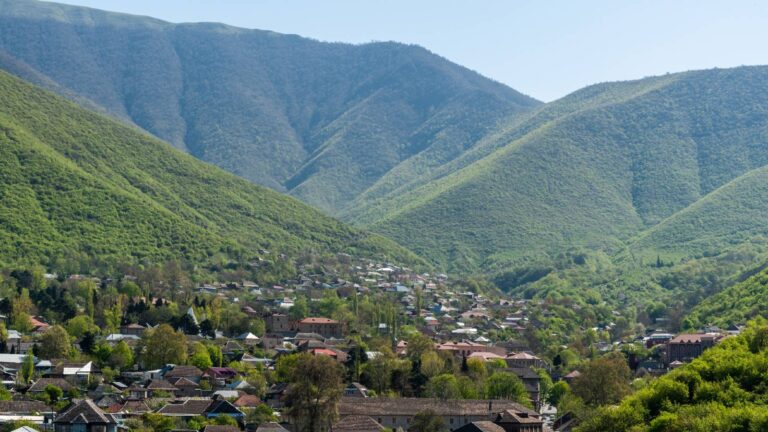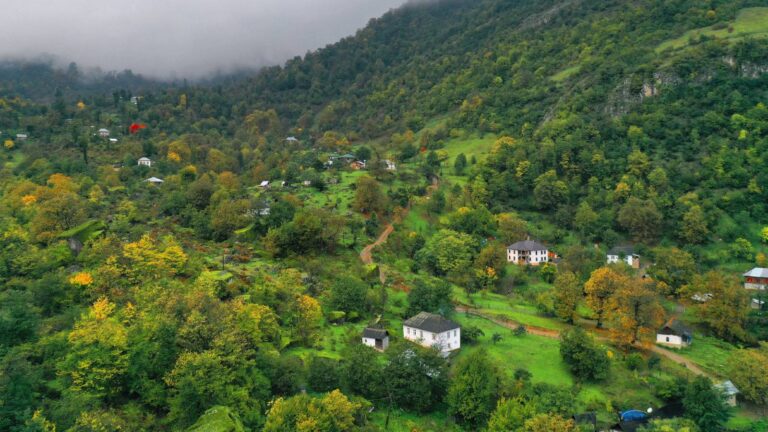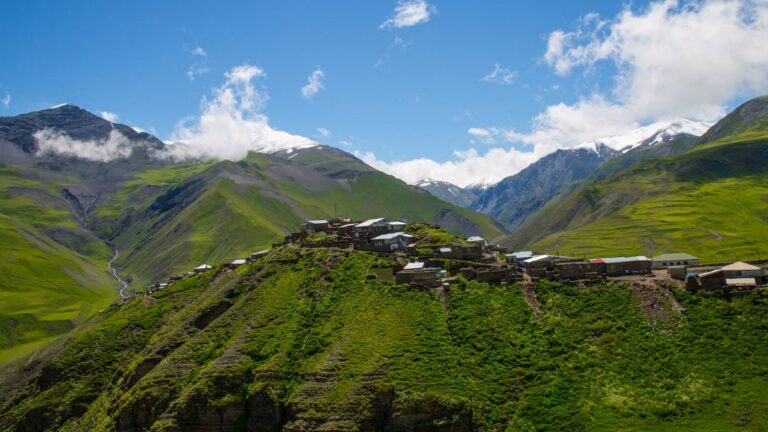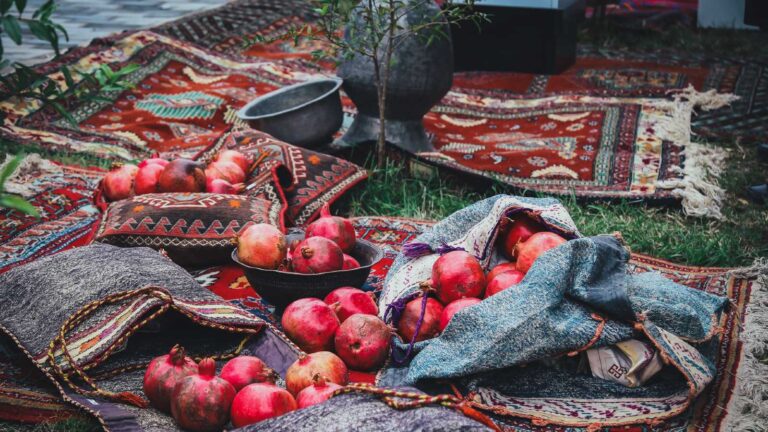Besides having an international airport, Ganja is on the main railway line and highway that link Baku and Tbilisi (Georgia).
An express train also operates daily between Baku and Ganja, and buses go regularly from Baku’s International Bus Station to each town and city in the region. Taxis and shared cars are also readily available.
Ganja is a historic city well-known as the birthplace of 12th-century poet Nizami. It’s home to architectural landmarks and characterful 19th-century red-brick buildings in the city centre.
The other large city in this region, Mingachevir, was inhabited over 5,000 years ago and once situated on the Silk Road. However, the modern city was built after WWII in parallel with the construction of the vast Mingachevir hydroelectric power station. The Kura river runs through the city, creating a special atmosphere.
A completely unique destination is Naftalan, a resort town synonymous with its healing oil, extracted nearby and used in a plethora of health treatments. The standard procedure is bathing in a tub of thick oil. A wide range of hotels and sanatoriums offer oil treatment and much more.
West of Ganja, Shamkir is nicknamed the ‘greenhouse of Azerbaijan’ due to its reputation for producing quality fruits and vegetables, and also brims with intriguing history. Further west still, in the town of Tovuz you can visit the Ashig Museum to learn about this folk music genre.
The Lesser Caucasus Mountains provide incredible scenery, with a developing network of marked hiking trails enabling thorough exploration. Definitely visit Lake Goygol, Azerbaijan’s most famous lake, which lies beneath the dramatic peak of Mt Kapaz in the Goygol National Park. This region is also famous for winemaking, with a number of wineries scattered throughout offering tours and tastings.
Ganja has been a significant city for millennia ruled over by myriad empires, some of whose traces can be seen in the city centre’s architecture: ancient mosques and hammams built by the Safavid dynasty sit alongside structures from the Ganja Khanate and Russian Empire periods, and striking examples of Socialist Classicism.
There are a number of historic religious sites, most notably the Imamzadeh Mausoleum, which was built in stages from the 14th century and has been recently restored. In Ganja you can also learn about the Azerbaijan Democratic Republic, the first secular democratic republic in the Islamic east which lasted from 1918 to 1920 and was first headquartered in this city.
The towns of Goygol and Shamkir are fascinating for their German heritage. Both were founded in the early 19th century by migrants from the Kingdom of Württemberg who went on to play an important role in developing the Azerbaijani wine industry.
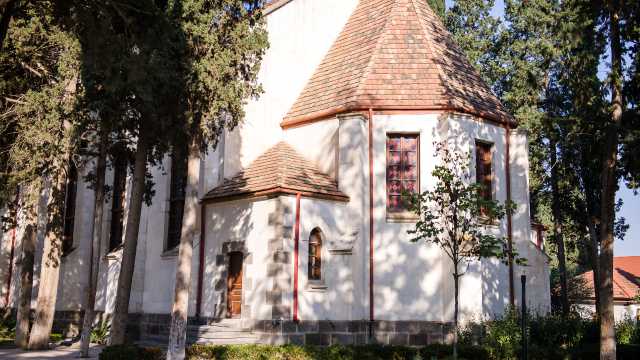
Shamkir, German heritage 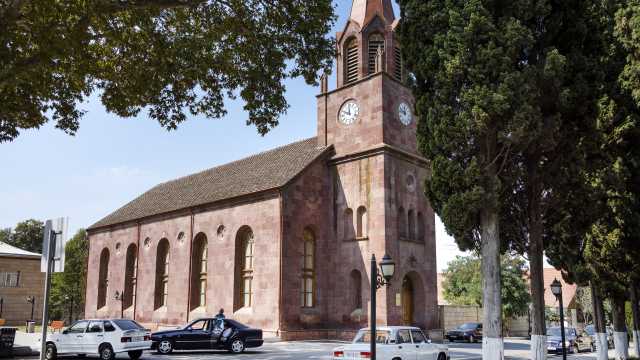
German heritage, Goygol 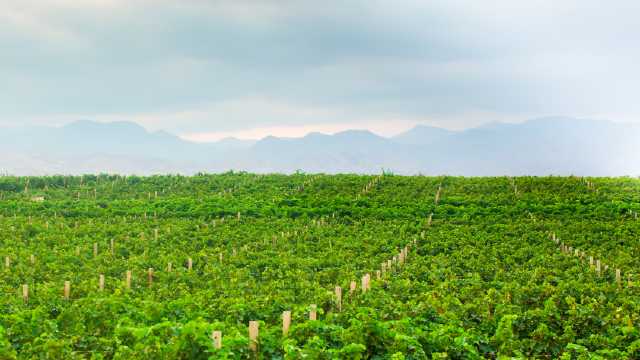
Goygol
Shamkir had been the site of an important medieval city long before the Germans arrived, the ruins of which can be investigated north of the village of Mukhtariyat on the left bank of the Shamkirchay river. Here a fortress and citadel thrived on the Silk Road between the 8th and 13th centuries, when it was sacked by the Mongols and never fully recovered.
The history of the town of Gadabay, meanwhile, in the Lesser Caucasus Mountains is tightly linked to the German Siemens brothers who established copper mining operations here in the late 19th century. A copper mine had already existed in Gadabay, but the Siemens brothers introduced modern methods and constructed a 28-kilometre railway through the mountains linked by arch bridges. You can still find their ruins in remote places.
Celebrations
The Nomadic Culture Festival is a unique cultural event launched in 2018 (interrupted by the pandemic) which takes place in summer in the stunning countryside of Gadabay in the Lesser Caucasus Mountains. The festival celebrates Azerbaijan’s ancient nomadic culture and will appeal to anyone interested in ethnography and ethno-tourism and features nomadic sports like horse racing, tightrope walking and shepherd wrestling, as well as displays of ancient crafts, performances of local ashig folk music and even ‘nomadic’ cuisine.
Gastronomy
The Ganja region’s local cuisine is very interesting, the Ganja region being known for several distinct desserts and dishes like shah plov, keta (stuffed pancakes) and Ganja pakhlava.
This area is a mix of semi-desert lowlands to the north and the Lesser Caucasus Mountains to the south. So temperatures vary greatly with hot dry summers lower down and much cooler weather in the mountains (where there’s a more continental climate than in the Great Caucasus Mountains), which are snow-covered in winter.
The mountains around the town of Dashkasan are rich in deposits of iron, alunite, gold, copper, and limestone. The Kura river flows through Mingachevir, where it’s used to create hydropower.
Ganja and Dashkasan are centres of Azerbaijan’s metallurgical industry. Agriculture is a key activity throughout the region, including livestock farming and vegetable growing. Shamkir is especially renowned for its production of fruits and vegetables and Gadabay for its potatoes. There are a number of wineries between Ganja and Tovuz. Ganja is an important transportation hub.

